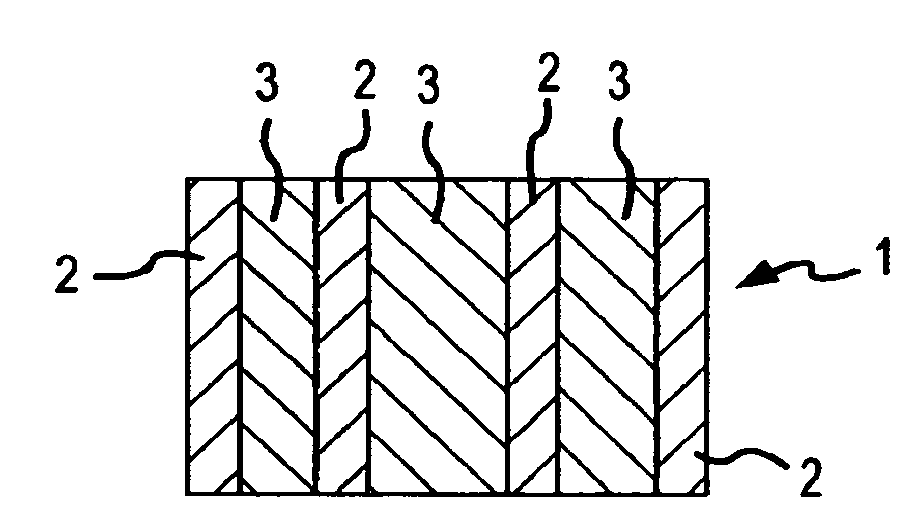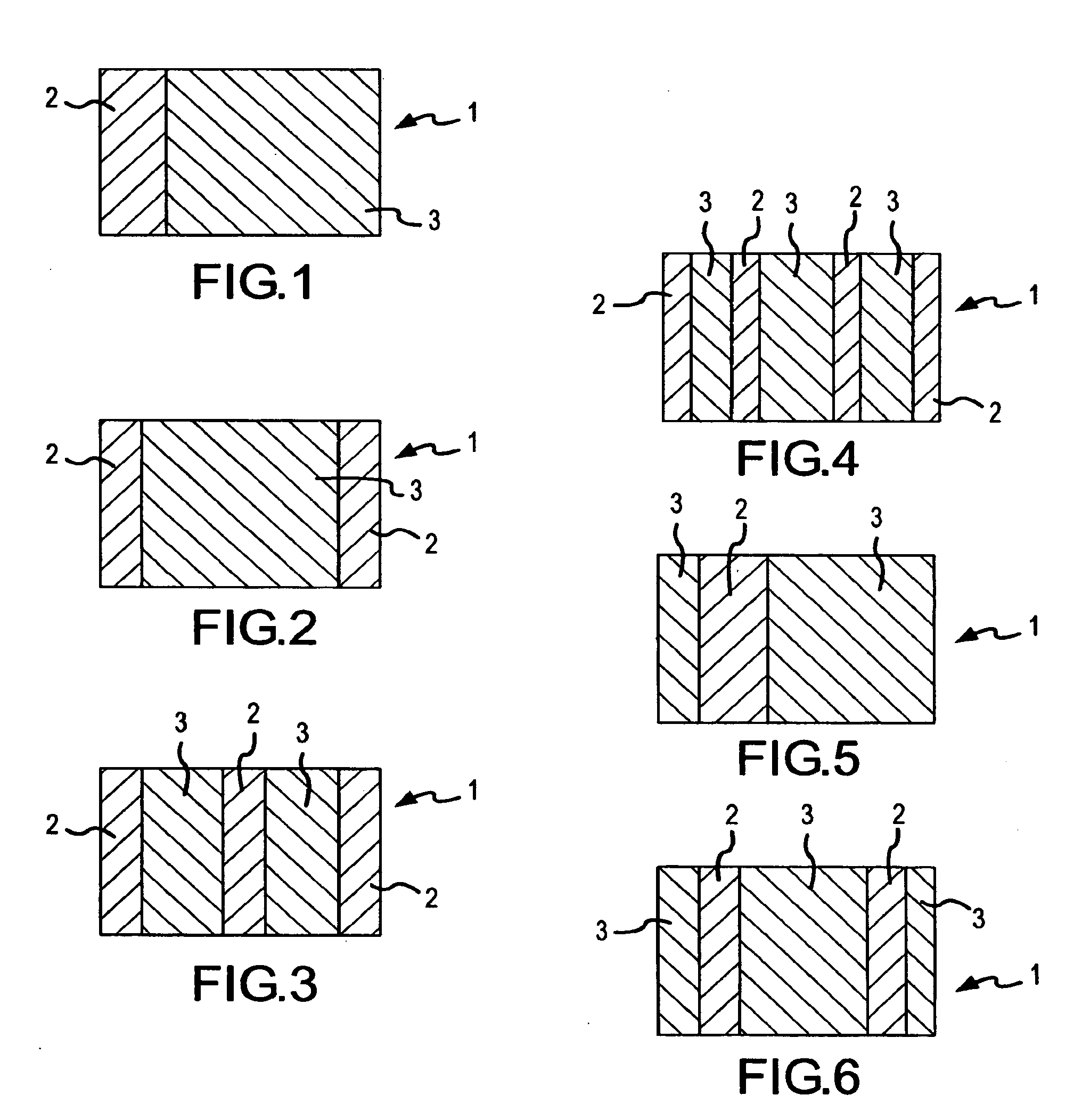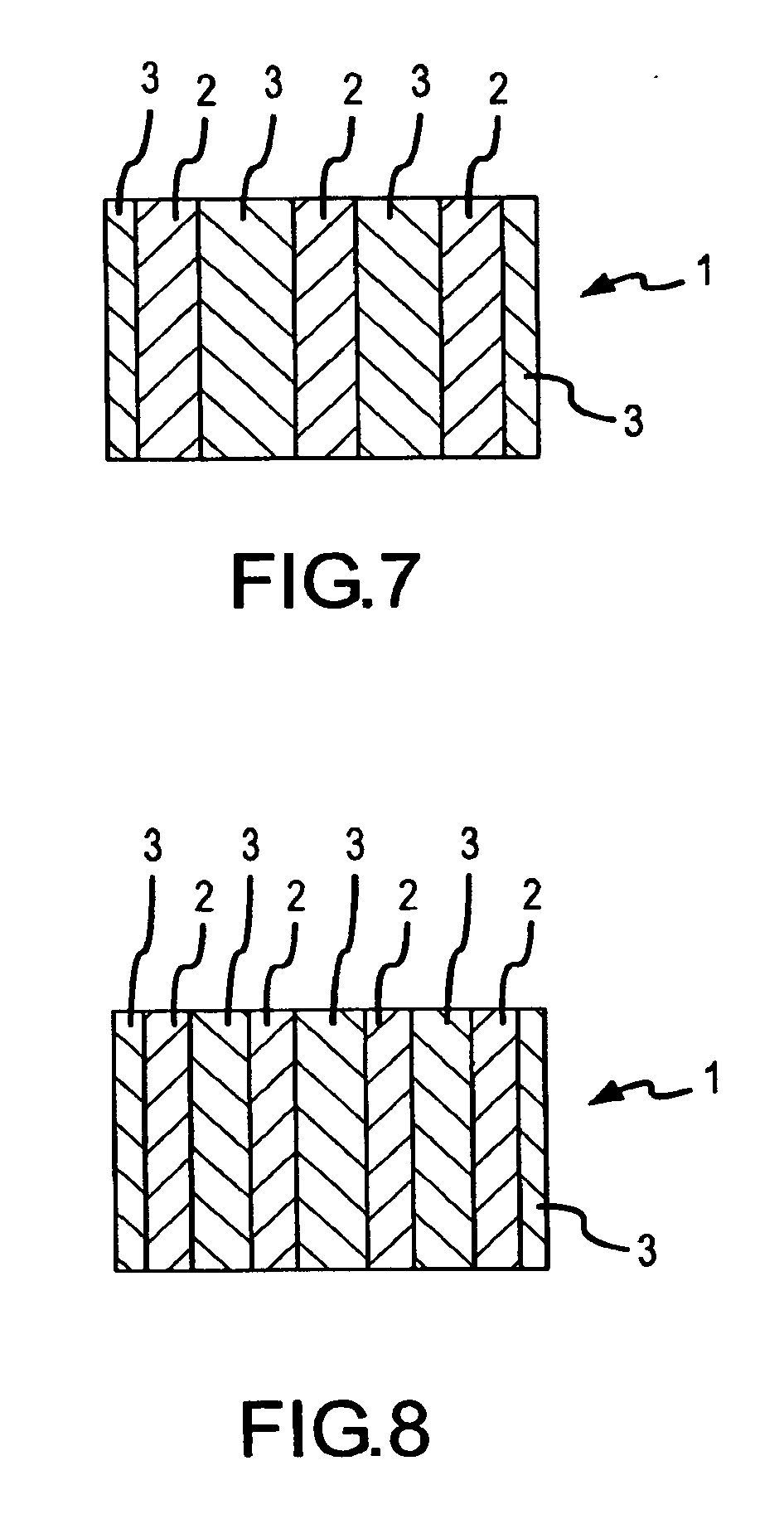Laundry Article
a technology for laundry articles and laundry sheets, applied in the field of laundry sheets, can solve the problems of difficult manufacturing, inefficient cleaning and conditioning fabrics, and tacky to the touch, and achieve the effect of flexible handling and unique benefits for consumers
- Summary
- Abstract
- Description
- Claims
- Application Information
AI Technical Summary
Benefits of technology
Problems solved by technology
Method used
Image
Examples
Embodiment Construction
[0022]The following description is of exemplary embodiments only and is not intended to limit the scope, applicability or configuration of the invention in any way. Rather, the following description provides a convenient illustration for implementing exemplary embodiments of the invention. Various changes to the described embodiments may be made in the function and arrangement of the elements described without departing from the scope of the invention as set forth in the appended claims. Additionally, though described herein in general terms of a laundry article comprised of laundry detergent and fabric conditioner compositions applied to a water-insoluble substrate, other cleansing and fabric treatment materials, such as bleaches, disinfectants, deodorants, stain treating chemicals, rust removers, water-conditioners and the like, applied or otherwise adsorbed onto the substrate either as part of the previously mentioned compositions or applied as separate zones on the substrate or ...
PUM
 Login to View More
Login to View More Abstract
Description
Claims
Application Information
 Login to View More
Login to View More - R&D
- Intellectual Property
- Life Sciences
- Materials
- Tech Scout
- Unparalleled Data Quality
- Higher Quality Content
- 60% Fewer Hallucinations
Browse by: Latest US Patents, China's latest patents, Technical Efficacy Thesaurus, Application Domain, Technology Topic, Popular Technical Reports.
© 2025 PatSnap. All rights reserved.Legal|Privacy policy|Modern Slavery Act Transparency Statement|Sitemap|About US| Contact US: help@patsnap.com



